A mass-market electric car that goes 0-60mph in 2.8 seconds.
A tube that can transport people and cars from San Francisco to Los Angeles in 35 minutes.
Reusable rockets superior to anything NASA can build.
Life on Mars.
A reasonable person pitching any of these concepts as something that a) is actually possible to pull off, or b) is something people would pay for would be laughed out of the room.
The idea that one person could be the driving force behind making all four of those things happen? That would be even more laughable.
Yet, over the past couple of decades, Elon Musk has done exactly that through various roles as either founder, chairman, chief financier, and more at Tesla Motors, SpaceX, and SolarCity.
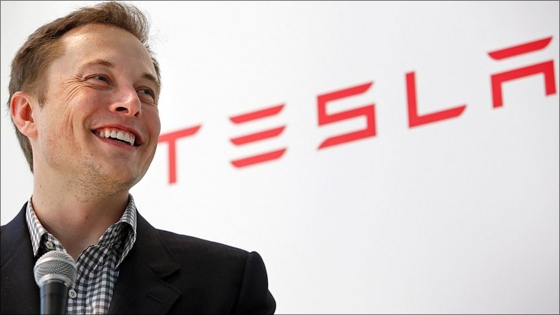
And that’s without mentioning his success with PayPal, which sold to eBay in 2002 for $1.5 billion.
While it’s true that Musk has a brilliant engineering mind, the secret weapon that’s enabled him to actually achieve (or make significant progress toward achieving) these audacious ideas is his ability to sell.
This ability has allowed him to consistently attract three critical ingredients to success:
- Top talent (partners, engineers, scientists, designers, etc.)
- Capital
- Customers
While your business may not approach any of Musk’s in size, those three ingredients are still every bit as important.
So let’s take a look at three strategies you can borrow from the way Musk positions and markets his companies in order to attract those ingredients.
1. Know the Ultimate Outcome of Your Business
The ultimate goal for Tesla Motors is the same today as it was when they first got started over a decade ago:
To accelerate the advent of sustainable transport by bringing compelling mass market electric cars to market as soon as possible.
The first Teslas to hit the road weren’t the Model S sedans you’re used to seeing through your own tear-filled, envious gaze today.
Nope. The first commercial car Tesla released was a high-performance electric sports car called the Roadster. And unless you hang out with dudes like Leo DiCaprio, you’ve probably never experienced one.
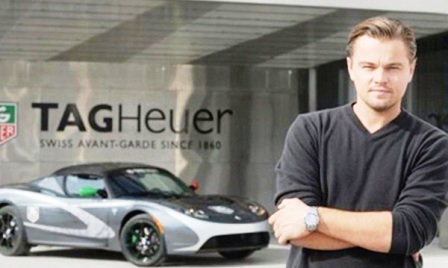
At an original base price of $109,000, relegating ownership solely to the DiCaprio upper crust is hyperbole on my part, but you get the point—the Roadster was a tad off from the “mass market” car described in their mission statement.
What gives, Elon?
Well, as he revealed in a 2006 blog post titled, “The Secret Tesla Motors Master Plan (just between you and me),” here’s what gives:
“The strategy of Tesla is to enter at the high end of the market, where customers are prepared to pay a premium, and then drive down market as fast as possible to higher unit volume and lower prices with each successive model.”
At the end of the post, he uses his secret copywriting prowess to break that strategy down for all us mortals:
“So, in short, the master plan is:
- Build sports car
- Use that money to build an affordable car
- Use that money to build an even more affordable car
- While doing above, also provide zero emission electric power generation options
Don’t tell anyone.”
Sometimes, to build the business you’d like to have, you have to first build the thing that will get you there.
And then, of course, sell the crap out of it.
For example, Bryan Harris from Videofruit recently built a Chrome extension that helps people grow their email list called List Goal and released it for free. This allowed him to add a large number of people interested in list-building to his audience right as he was releasing his flagship online course on list-building. (I highly recommend grabbing List Goal for yourself, by the way.)
To look at a completely different industry, how many awesome dine-in restaurants in your city were food trucks first? If you live in a metropolitan area, I’m sure at least one example comes to mind.
So, what does this have to do with sales?
Knowing exactly where you want to go makes it easier to know what you need to create, market, and sell right now in order to grow as quickly as possible.
If you want to sell mass-market electric cars, you might have to build a sports car first.
If you want to get booked as a speaker, you might have to write a popular book, build a popular blog, or do something that reflects your expertise first.
If you want to sell high-ticket consulting packages, you might have to create a lower cost service first, so you can then upsell customers.
If any of these scenarios (or a comparable one) is the case, that first thing should be the focus of your sales and marketing efforts.
Ignoring this often leads to one of two things:
- You try to market yourself or your business around something you can’t actually deliver yet (customers can usually smell this a mile away; and if they don’t, they will churn out quickly after discovering you don’t live up to your hype).
- You delay the launch because you “need more time” to build it…and then delay it again…and again…and again. (Yes, I have been here.)
Determine the ultimate outcome you want for your business. What will it look like when operating at its absolute peak?
Visualize it. Then start building whatever will take you there fastest.
(The Tesla Roadster went from 0 to 60 in 3.7 seconds, by the way.)
2. Boil Your (Complex) Business Into Concrete Offerings
After a friend of mine returned from a highly-attended, well-known marketing conference earlier this year, I asked him what the attendees were like.
“Whenever I asked someone what they do,” he said, “they would always say…
‘Well, I have several businesses…’”
They would then proceed to deliver a doctoral thesis to him.
Sigh.
Let me show you why what you do is not that complicated.
Here is what SpaceX does: “Enabling human life on Mars.”
Here is what Tesla does: “Designs and manufactures the most advanced electric vehicles and electric powertrains in the world.”
Here is what SolarCity does: “A world where there’s no need to burn fossil fuels.”
While your business’s aspirations may not seem as grandiose, you can still encapsulate them with a sentence that is clear, concrete, and (most importantly) will cause people to ask you questions about it.
Take SpaceX, for example. A conversation might go like this:
Inquisitive Businessperson: So, Elon, what exactly does SpaceX do?
Elon: I’m glad you asked, Inquisitive Businessperson. We’re working toward enabling human life on Mars.
Inquisitive Businessperson: Goodness me! How on Earth do you plan to accomplish that?
Elon: Right now, we build rockets that organizations like NASA use to deliver satellites and other stuff to the International Space Station. We use that money, along with venture capital, to continue working on the advancements that will make colonizing Mars more practical.
Inquisitive Businessperson: You don’t say! I’m in the market for a rocket myself. I’ll take several.
Obviously, this isn’t how SpaceX closes most of their rocket sales, but it’s not that far off from how many new businesses gain their first few customers. For example, when someone asks me what I do, I say this:
“I help people make more money with their website.”
Clear. Concrete. And it always leads to questions (because everyone either has a website, works for a company that has a website, or has a friend who has a website).
But elevator pitches are useful in other areas, too…
You can “elevator pitch” anything. The headline on your sales page. The email about your latest blog post. The new feature you just added to your product.
Take this part of an email from Tesla, for example:
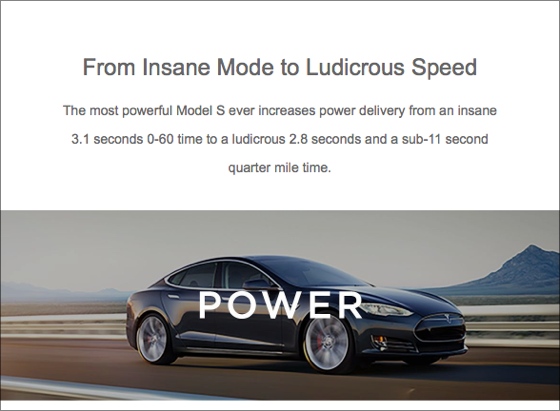
The efficiency of that sentence would make Hemingway proud.
It’s clear and concrete, yet it also incorporates some playful marketing flourishes with words like “insane” and “ludicrous,” and phrases like “most powerful Model S ever.”
And if you think this means you have to be boring and stiff, it doesn’t. Hell, they’re letting you know they just upgraded their “Insane Mode” feature to something called “Ludicrous Speed.” I think those were bonuses you could get in Mario Kart.
Compare that to Lexus’s description of their new GS 450h F Sport (I had to click back to their website five times to remember that name long enough to write it out here):
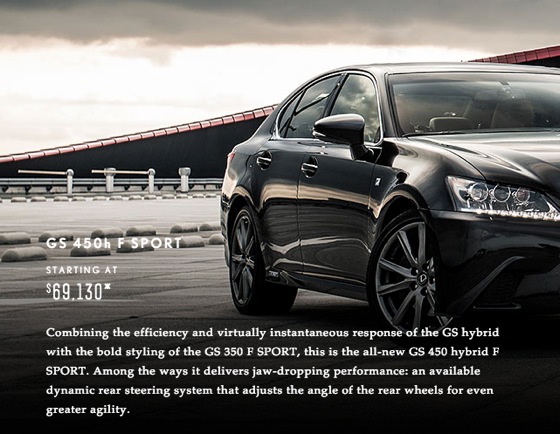
This is the same tired, vague copy you’ve seen in every pamphlets at every other brand’s dealership for years. It feels right because it feels familiar, but so much value could be added with a little specificity.
Let’s not forget the classic headline from what’s probably the most famous car advertisement ever:
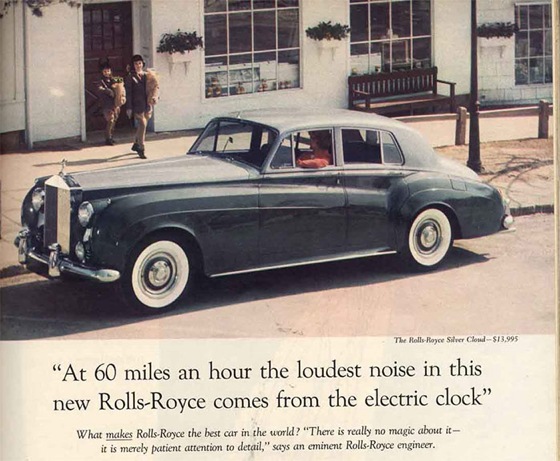
A specific, concrete, and unforgettable detail.
If you’re building something great, those details are out there. Take the time to find them.
3. Sell the Journey, Not Just the Reward
Customers, partners, and top-talent employees are often attracted to a product or company by the same thing:
That product or company is working toward something bigger than itself. It represents the future. And that future is bright.
Think of how often you see or hear the following words/phrases in marketing copy or ads:
- Next-generation
- Industry-leading
- Changing the way ____ does _____
- Most [Insert Superlative Here] ever (for example, “most powerful engine ever”)
- Innovative
The list could go on.
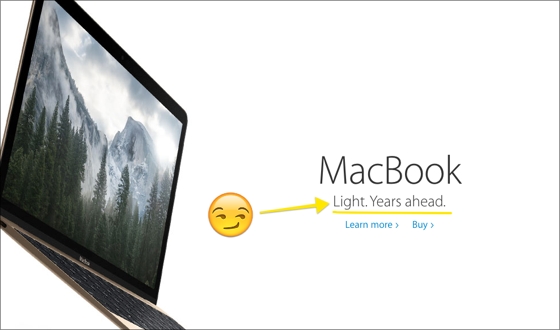
SpaceX sells the journey better than anyone else I’ve ever seen, which has enabled Musk to frequently pluck the most brilliant graduates from the world’s most elite universities and add them to his team.
I mean, what other job opportunity could compete with this?
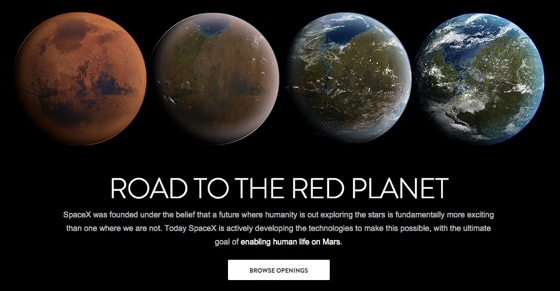
Notice how the headline emphasizes the journey rather than the outcome. The supporting copy pairs the concrete (“the ultimate goal of enabling human life on Mars”) with the open-ended (“a future where humanity is out exploring the stars”), an effective combination that speaks to our desire to have clarity of purpose without boxing ourselves in.
Contrast this with NASA’s Careers page:
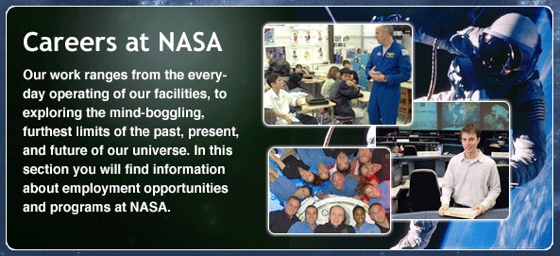
They’ve done a good job with their open-ended element (“exploring the mind-boggling, furthest limits of the past, present, and future of our universe”), but there’s no specific, unifying mission potential candidates can quickly grasp. And I can’t comprehend the decision to lead with, “Our work ranges from the every-day operating of our facilities,” or even write that sentence, which basically says, “Some jobs have to do with our buildings.”
That’s without even mentioning their dated graphics.
Whether you’re trying to hire your first employee or your hundredth, never stop selling the journey. Be specific about the reward, but don’t rule out the discoveries that might be made along the way.
Remember though—consumers love being part of the journey too.
That’s a big reason why you frequently see smart companies send emails like this one from Tesla:
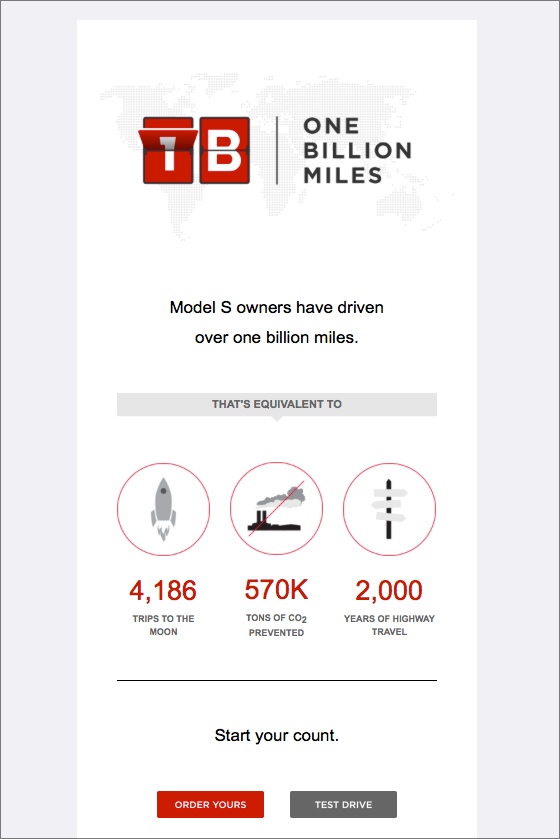
This is well-executed journey email accomplishes three things:
- It showcases a significant (and cool) milestone achieved 100% by Model S owners. This gives current owners a sense of pride, but it also gives aspiring owners a desire to catch the rising wave. For potential owners who might feel uneasy about making such a significant purchase from a young and (in some minds) unproven company, it’s a harbinger of longevity.
- It brings up a second journey that’s important to Tesla and many people who desire electric cars—reducing carbon dioxide emissions and our dependence on fossil fuels. This is an invitation to be part of the change many want to see.
- The final line, “Start your count,” points to a third journey—the one consumers begin when they start up their Model S for the first time.
Every company is on a path. Don’t forget to let your customers in on it.
Know Your Outcome. Boil It Down. Share How You’re Getting There.
This post isn’t designed to turn you into Elon Musk. Researchers agree it would take some type of Spiderman-esque radioactive event to do that.
But it is designed to show you a sliver of the way his companies combine big-picture thinking with concrete details in their copy and marketing materials in order to consistently attract hordes of customers in notoriously difficult markets for newcomers, as well as the most talented people on the planet.
The size of your business may be small in comparison, but the way you think, talk, and write about it don’t have to be.
